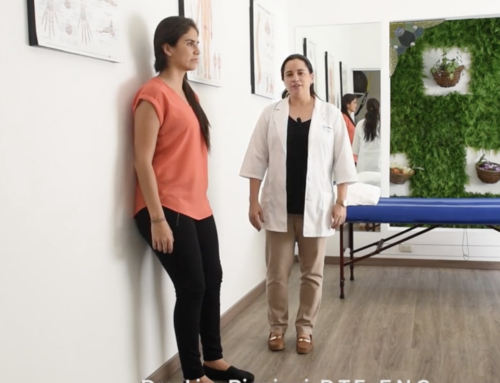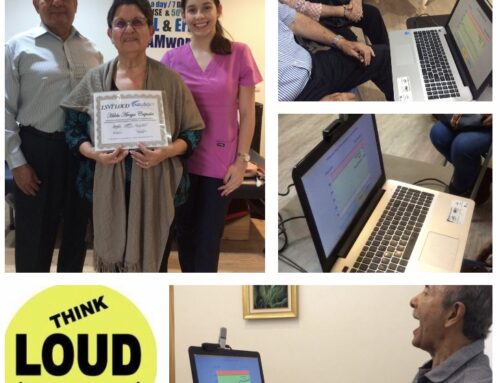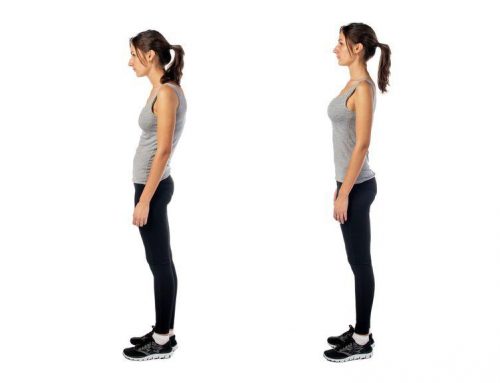Gait Changes in Response to Subthalamic Nucleus Stimulation in People with Parkinson Disease: A Case Series Report.
Gait Changes in Response to Subthalamic Nucleus Stimulation in People with Parkinson Disease: A Case Series Report.
RESEARCH ARTICLE
Journal of Neurologic Physical Therapy. 30(4):184-194, December 2006. Kelly, Valerie E. PT, PhD 1; Samii, Ali MD 2; Slimp, Jefferson C. PhD 1; Price, Robert MSME 1; Goodkin, Robert MD 3; Shumway-Cook, Anne PT, PhD 1 Abstract: Background and Purpose: For individuals with advanced Parkinson disease (PD), stimulation of the subthalamic nucleus (STN) reduces tremor, rigidity, and bradykinesia, but the effects of stimulation on gait and mobility are not fully understood. The purpose of this paper is to describe the effects of unilateral and bilateral STN stimulation on gait following staged stimulator implantations in a series of individuals with PD. Case Descriptions: Participants were 6 individuals with PD who underwent staged stimulator implantation surgeries. The effects of stimulation on gait were assessed in the optimally medicated state using items from the Unified Parkinson’s Disease Rating Scale (UPDRS) related to gait and self-reported mobility, time to complete the Timed Up and Go (TUG) test, and quantitative gait analysis. Gait was evaluated with stimulation turned off and with stimulation turned on after unilateral stimulator implantation and again after implantation of the second stimulator. Outcomes: Variable effects of unilateral and bilateral STN stimulation on gait were observed on UPDRS self-reported mobility, TUG time, and gait velocity, but changes were not detected using the UPDRS gait item. Minimal gait changes, either positive or negative, were detected with unilateral stimulation. With bilateral stimulation, gait improved for 3 individuals but worsened for the other 3 individuals. Discussion: The ability to detect changes in gait after STN stimulation using the UPDRS gait item was limited, but variable effects were detected by self-report, TUG time, and gait velocity. For half of the individuals studied, bilateral stimulation improved these measures, but gait worsened for the remaining individuals. Future research is needed to better understand factors that influence the effect of STN stimulation on walking, and assessment of gait changes in people with PD should include self-report and performance-based measures, such as the TUG test or gait velocity. (C) 2006 Neurology Section, APTA To obtain full text: http://www.jnpt.org/pt/re/jnpt/userLogin.htm
Gait Changes in Response to Subthalamic Nucleus Stimulation in People with Parkinson Disease: A Case Series Report.
RESEARCH ARTICLE
Journal of Neurologic Physical Therapy. 30(4):184-194, December 2006. Kelly, Valerie E. PT, PhD 1; Samii, Ali MD 2; Slimp, Jefferson C. PhD 1; Price, Robert MSME 1; Goodkin, Robert MD 3; Shumway-Cook, Anne PT, PhD 1 Abstract: Background and Purpose: For individuals with advanced Parkinson disease (PD), stimulation of the subthalamic nucleus (STN) reduces tremor, rigidity, and bradykinesia, but the effects of stimulation on gait and mobility are not fully understood. The purpose of this paper is to describe the effects of unilateral and bilateral STN stimulation on gait following staged stimulator implantations in a series of individuals with PD. Case Descriptions: Participants were 6 individuals with PD who underwent staged stimulator implantation surgeries. The effects of stimulation on gait were assessed in the optimally medicated state using items from the Unified Parkinson’s Disease Rating Scale (UPDRS) related to gait and self-reported mobility, time to complete the Timed Up and Go (TUG) test, and quantitative gait analysis. Gait was evaluated with stimulation turned off and with stimulation turned on after unilateral stimulator implantation and again after implantation of the second stimulator. Outcomes: Variable effects of unilateral and bilateral STN stimulation on gait were observed on UPDRS self-reported mobility, TUG time, and gait velocity, but changes were not detected using the UPDRS gait item. Minimal gait changes, either positive or negative, were detected with unilateral stimulation. With bilateral stimulation, gait improved for 3 individuals but worsened for the other 3 individuals. Discussion: The ability to detect changes in gait after STN stimulation using the UPDRS gait item was limited, but variable effects were detected by self-report, TUG time, and gait velocity. For half of the individuals studied, bilateral stimulation improved these measures, but gait worsened for the remaining individuals. Future research is needed to better understand factors that influence the effect of STN stimulation on walking, and assessment of gait changes in people with PD should include self-report and performance-based measures, such as the TUG test or gait velocity. (C) 2006 Neurology Section, APTA To obtain full text: http://www.jnpt.org/pt/re/jnpt/userLogin.htm





